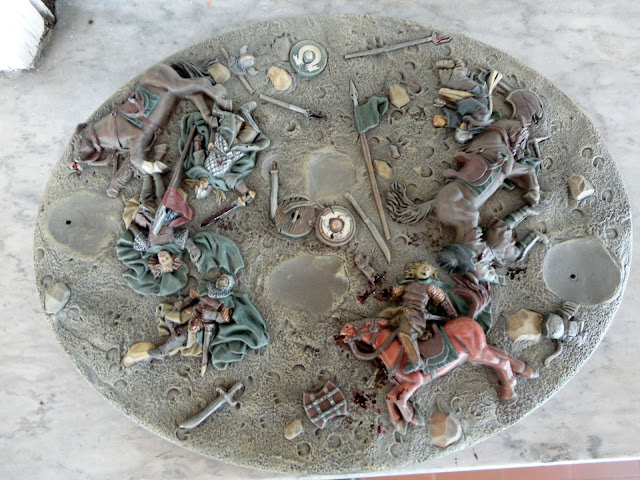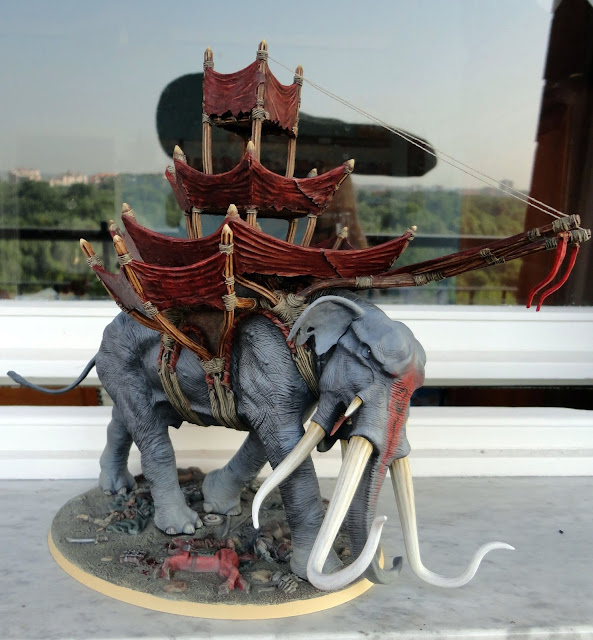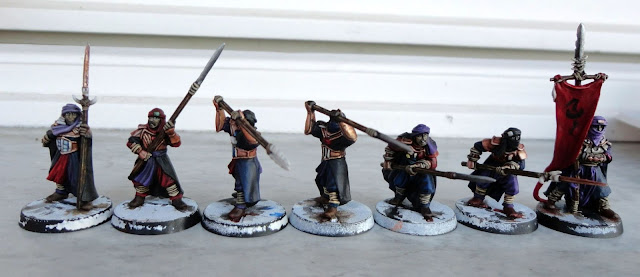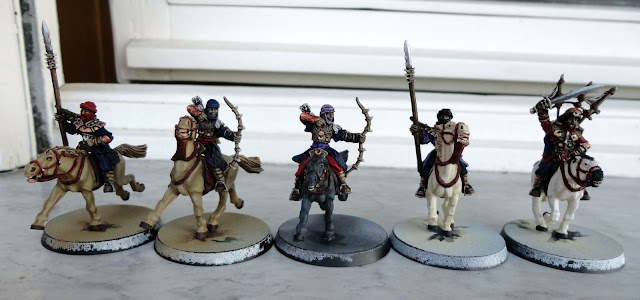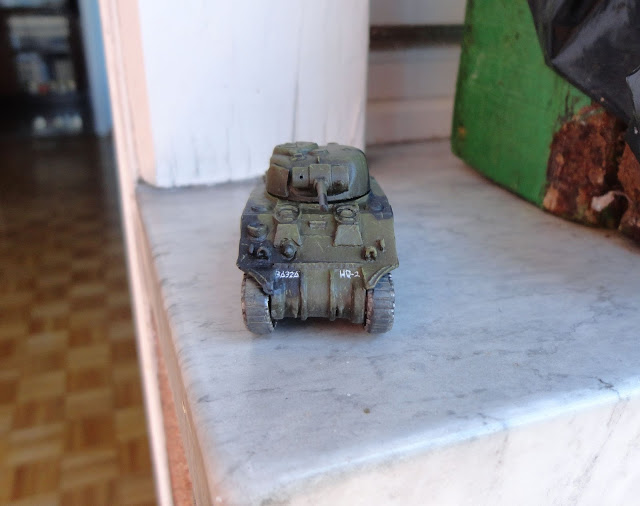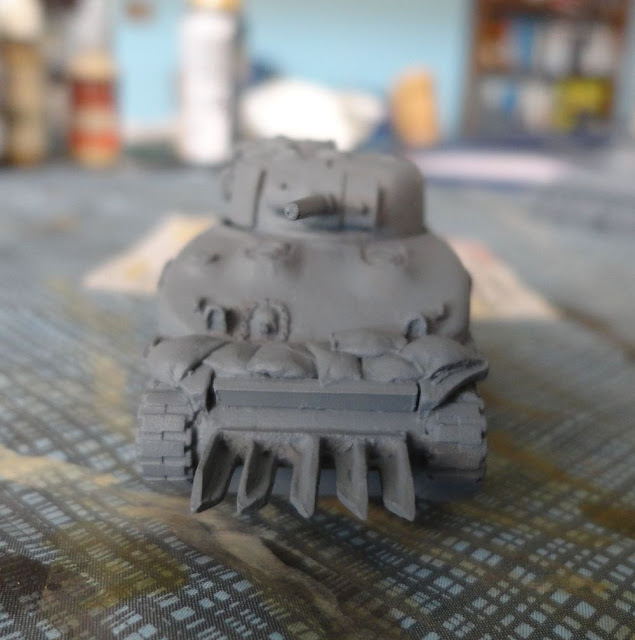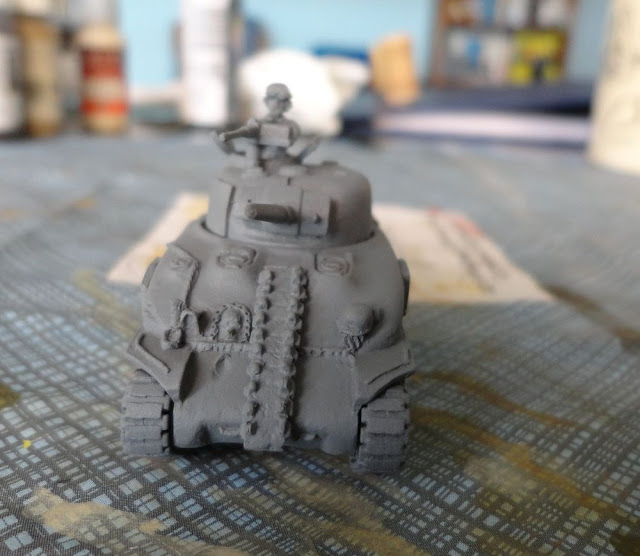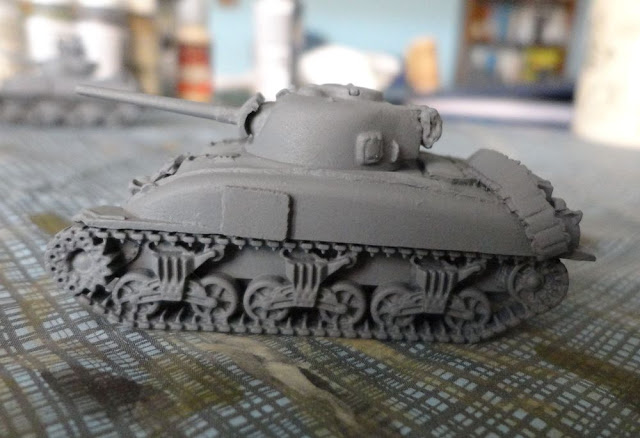Come creare un ciottolato realistico
Materiali utilizzati e tutorial passo passo
How to create a realistic cobblestone
Materials used and W.I.P.
I materiali che ho utilizzato sono:
- Un supporto per l’acciottolato, nel mio caso intendo eseguire un calco da stampa, quindi ho usato un quadrato 10X10 cm di polistirolo ad alta densità spesso 1mm. Sconsiglio i legnami poiché la procedura che andremo ad eseguire richiede molta acqua.
- Del polistirolo a bassa densità con grana medio grossa.
- Del DAS.
- Un pennello a punta piatta, di grandi dimensioni. Più economico è meglio è dato che lo useremo per stendere il DAS.
- Acqua.
- Vinavil.
The materials that I have used are:
- A support for the cobblestones, in my case I want to make a mold, so I used a square 10x10 cm of high-density polystyrene with a thickness of 1mm. Do not recommend the wood because the procedure that we're going to run requires a lot of water.
- Low-density polystyrene with medium grain.
- DAS.
- A flat tip brush, large. Cheaper is better because we use it to spread the DAS.
- Water.
- Vinylic glue.
Il procedimento che ho seguito è il seguente:
The procedure I followed is the following:
- Ho preso il blocco di polistirolo a bassa densità e ho iniziato a frantumarlo a mano. Tutto va fatto in maniera dolce in modo da non rompere le palline che costituiranno i nostri ciottoli. Il procedimento è un po’ noioso, ma dopo 30 min dovremmo avere abbastanza ciottoli per la nostra base. I took the low-density polystyrene block and started to shatter it by hand. Everything must be done in a gentle way so as not to break the balls that will constitute our pebbles. The process is a bit 'boring, but after 30 minutes we should have enough pebbles for our base.
- Spargete una dose abbondante di vinavil puro sulla base, aiutandovi con una spatola o col pennello. Mi raccomando abbondate, i ciottoli dovranno affondare per qualche decimo di millimetro nella colla. Sprinkle a generous amount of pure PVA glue on the base, using a spatula or with a brush. I recommend abound, the pebbles will sink for a few tenths of a millimeter in the glue.
- Spargete i ciottoli di polistirolo sulla colla, una volta cosparsala superficie capovolgetela per verificare che non vi siano buchi. Nel caso ci fossero inserite dei ciottoli a misura negli spazi. Spread the pebbles on Styrofoam glue, once cosparsala up on its side surface to check that there are no holes. If there were inserted to fit into the spaces of pebbles.
- Ribaltate la mattonella su un piano ed esercitate pressione per far aderire meglio i ciottoli, dopodiché lasciate in pace il tutto fino ad asciugatura completata. Overturned the tile on a floor and apply pressure to adhere better to the pebbles, then left alone together until complete drying.
- Una volta che il vinavil è asciutto possiamo riempire gli spazi fra i ciottoli. Spalmate del DAS su una paletta, appiattitelo in modo che sia alto circa 1mm e spargete molta acqua su di esso. Col pennello iniziate a grattare il DAS, disfacendolo e mescolandolo all’acqua. Once the PVA glue is dry we can fill in the spaces between the pebbles. Spread of the DAS on a palette, flatten it so that it is about 1mm high and spread a lot of water on it. With the brush start to scratch the DAS, wasting away and mixing it with water.
- Raccogliete col pennello la papocchia appena creata e spargetela sui ciottoli, in maniera che scorra fra gli spazi, turandoli. Qualora ci fossero spazi molto ampi potete usare del DAS meno diluito per riempirli e successivamente affondarci sopra dei ciottoli che sono avanzati dal passo 3. Gather the dough you just created with the brush and spread it on the pebbles, so that it flows between the spaces, closing them. If there are very large areas can use the DAS less diluted to fill and then sink us over the pebbles that are advanced from step 3.
- Pulite il pennello nell’acqua, scolandolo leggermente in maniera che rimanga umido. Iniziate a passarlo leggermente sui ciottoli per pulirli dall’eccesso di DAS. Il DAS dovrebbe lasciar vedere solo il 10-20% del volume del ciottolo. Clean the brush in water, slightly draining so it stays moist. Started to pass it lightly on the cobblestones to clean the excess of DAS. The DAS should let see only 10-20% of the Pebble volume.
- Lasciate asciugare il tutto. Ripetete il passo 7 se necessario. Let everything dry. Repeat Step 7 if necessary.
- Verificate che la superficie non sia imbarcata, se così fosse agite applicando forza sulle diagonali e le mediane per farla tornare piana. Review the surface is not bent, if it did act by applying force on the diagonals and medians to flatten it.
- Nel caso il ciottolato sia troppo irregolare potete scartavetrare prima con una cartavetro media e poi con una fine per rendere il tutto più pianeggiante. Appoggiate la cartavetro a un piano e passate ripetutamente il ciottolato cercando di variare le direzioni della passata. If the cobblestones is too uneven you can use a medium sandpaper and then a finer to make it more level. Position the sandpaper to a plan and pass over it the cobblestone repeatedly looking to change directions of the pass.
- Applicate una mano protettiva di vinavil diluito al 50% con acqua. In tal maniera nessun ciottolo dovrebbe saltare e il DAS rimarrà in posizione. Apply a protective coat of PVA glue diluted 50% with water. In this manner no pebble should jump out and the DAS will remain in place.




